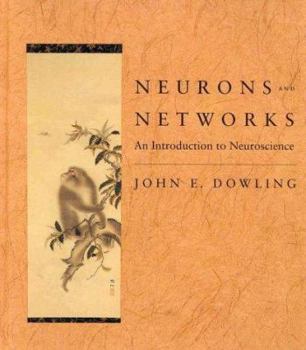Neurons and Networks: An Introduction to Neuroscience,
Select Format
Select Condition 
Book Overview
How the brain perceives our environment and controls our actions is a subject that we have only begun to understand during the 20th century. The pace of brain research has accelerated dramatically and neuroscience is now one of the most active branches of all the natural sciences. This illustrated book presents an introduction for beginning students and others that joins two major approaches to the field. First, since the brain - like any other organ - is made up of cells, Dowling covers the essentials of cellular and molecular neurobiology, introducing the specialized structure and function of individual nerve cells. In the second half of the book he presents an overview of integrative neuroscience, which describes the processing of information by aggregates of nerve cells, for it is from these networks of the nervous system that behaviour emerges.
Format:Hardcover
Language:English
ISBN:0674608208
ISBN13:9780674608207
Release Date:March 1992
Publisher:Belknap Press
Length:447 Pages
Weight:2.50 lbs.
Dimensions:1.5" x 8.4" x 9.5"
Customer Reviews
1 rating
Good intro to the depth and details of neurosci
Published by Thriftbooks.com User , 25 years ago
I've hung on to this book after taking the course (a neurosci course for advanced undergrads and a few grad students). It's attractive because it goes into depth without becoming murky for a beginner. Once you've mastered introductory neurosci topics and want to roll up your sleeves for the details, this is a great book to pick up. Part One is Cellular Neuroscience, with chapters on cells, synapses, methods of probing the brain, action potentials and their propagation, membrane channels and receptor proteins, etc. Part Two is Integrative Neuroscience, covering invertbrate nervous systems, rhythmic motor behavior, retinal processing of info, higher levels of visual processing, invertebrate models of memory and learning, etc.Excellent schematic drawings. Clear explanatory writing.





